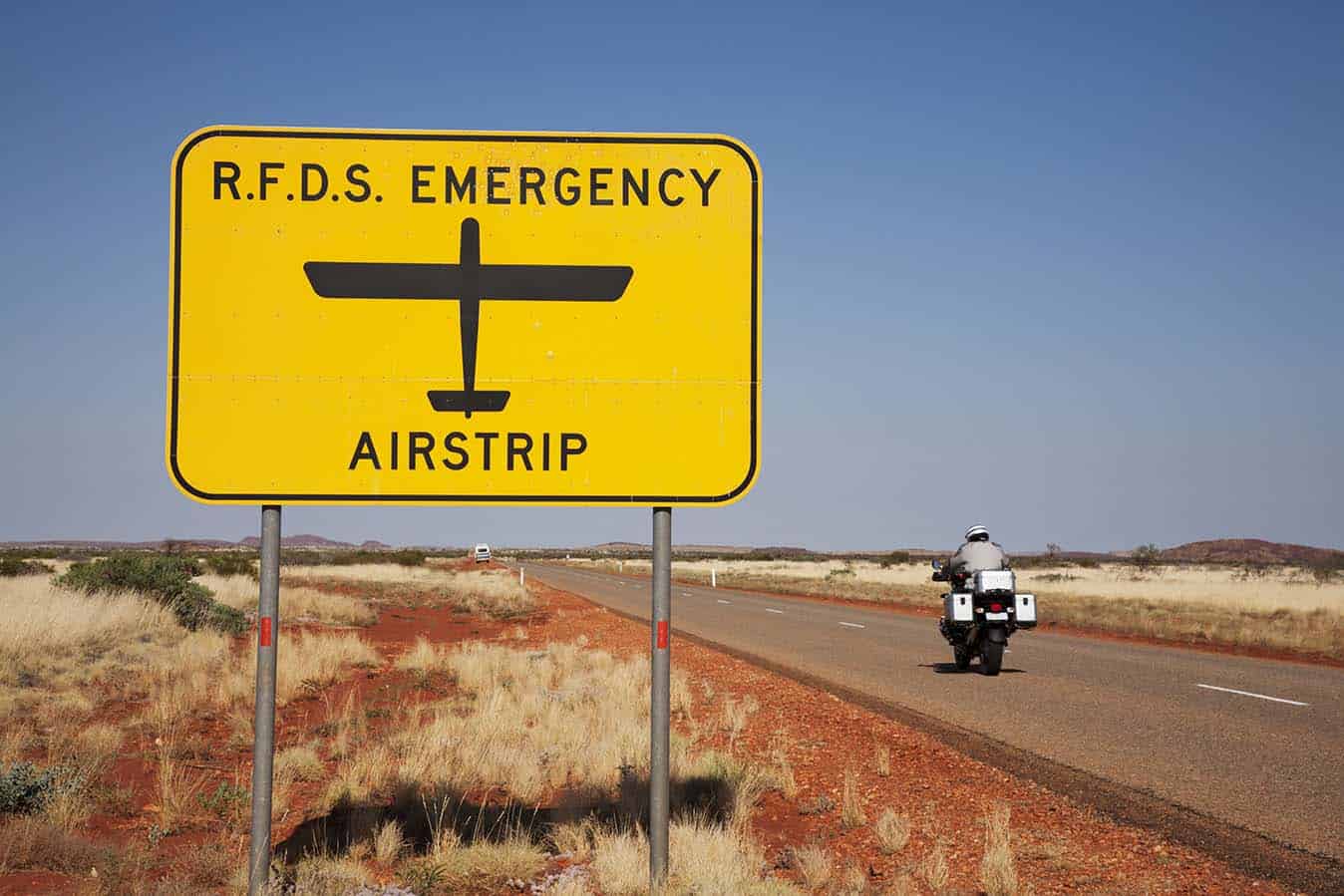Australian researchers have revealed the impact of the COVID-19 lockdown period on aeromedical retrievals in rural and remote regions.While social isolation measures led to a reduction in overall aeromedical activity during the lockdown in 2020, the proportion of vulnerable infants and adults with heart conditions who were evacuated was much higher due to limited access to local cardiac surgeons in remote regions between March and May 2020. In addition to limitations in accessing primary healthcare and cardiac services, Royal Flying Doctor Service Director of Public Health and Research, Dr Fergus Gardiner said the spike in cardiac retrievals could have been due to patients delaying early intervention because of social isolation measures. The data revealed almost 17,000 aeromedical retrievals were undertaken in the first half of 2020, a drop of 1144 compared to the same period in 2019, with heart patients comprising 18% of the evacuations, injuries accounting for 16% and diseases of the digestive system 9%. Dr Gardiner said 230 patients suspected of having COVID-19 and six confirmed cases were among those evacuated from remote regions in 2020, mostly during the lockdown period. “It should be noted that none of the areas where these suspected COVID cases were evacuated had pathology testing services,” he said. Fewer cancer patients were evacuated, but retrievals increased significantly once the social isolation measures were lifted. “Many oncologists within Australia only performed essential treatments during the lockdown, mainly because their cancer patients were more immunocompromised and leaving their homes would have left them more exposed to infection,” Dr Gillam says. “Oncologists had to weigh the risks of death from COVID-19 against the benefits of cancer therapy and these risks are amplified during aeromedical retrieval.” Reductions in metabolic and respiratory diseases and skin infections, attributed to improved hygiene and social isolation during 2020, were also reflected in the aeromedical statistics. The data for aeromedical retrievals were taken from three periods: pre-lockdown (28 January to 15 March 2020); lockdown (16 March to 4 May 2020) and post-lockdown (5 May to 23 June 2020). Once the restrictions were lifted, evacuations increased significantly. |
Impact of COVID lockdown on aeromedical retrievals revealed
Share on:

Stay in the Loop
Never miss the top Australian nursing and midwifery news.







